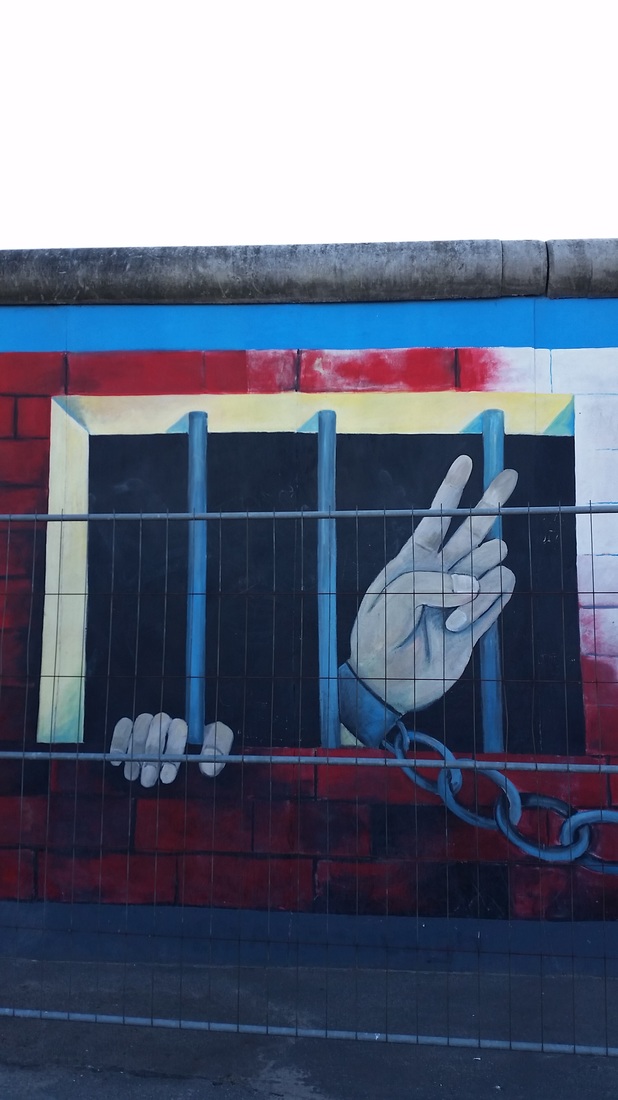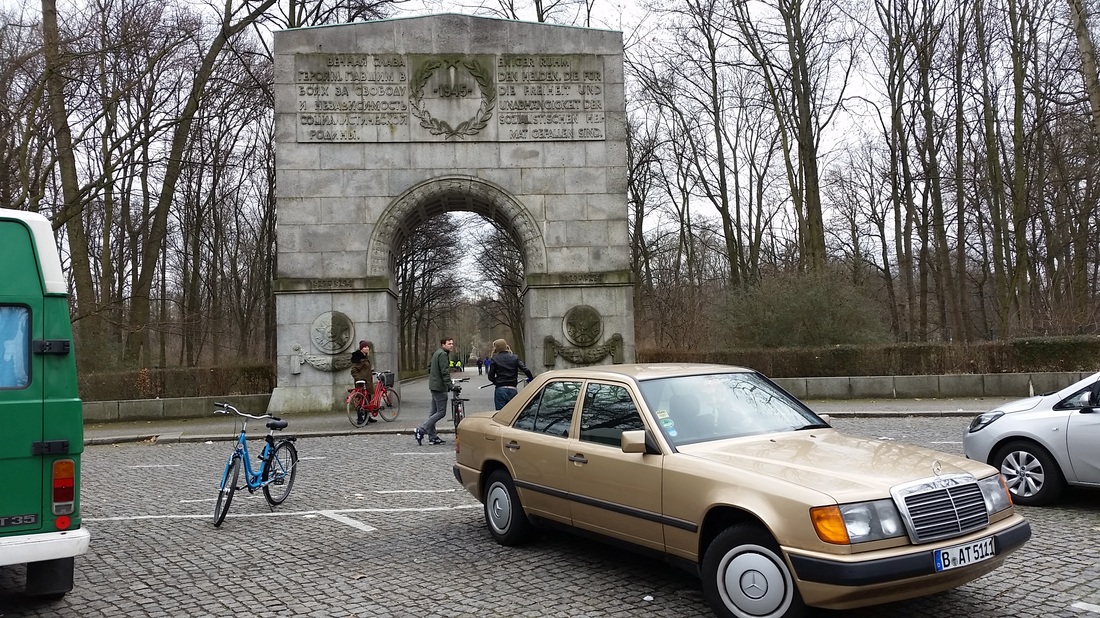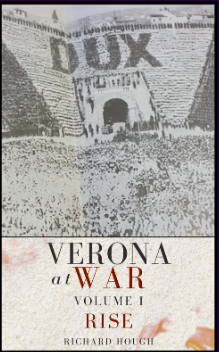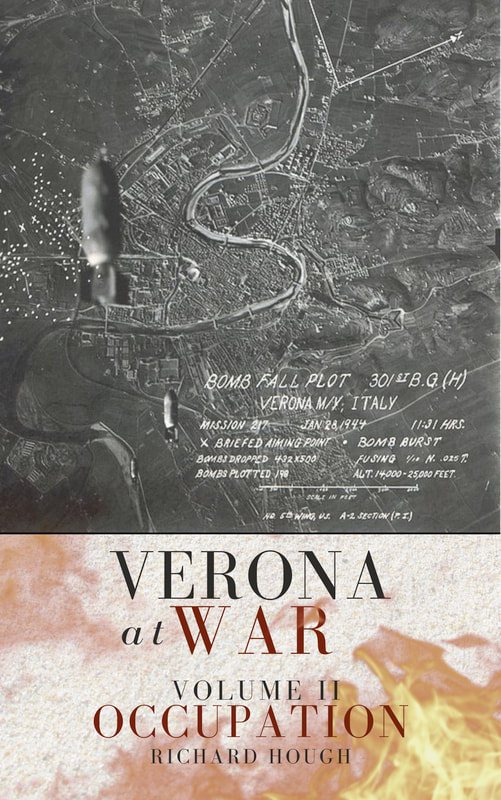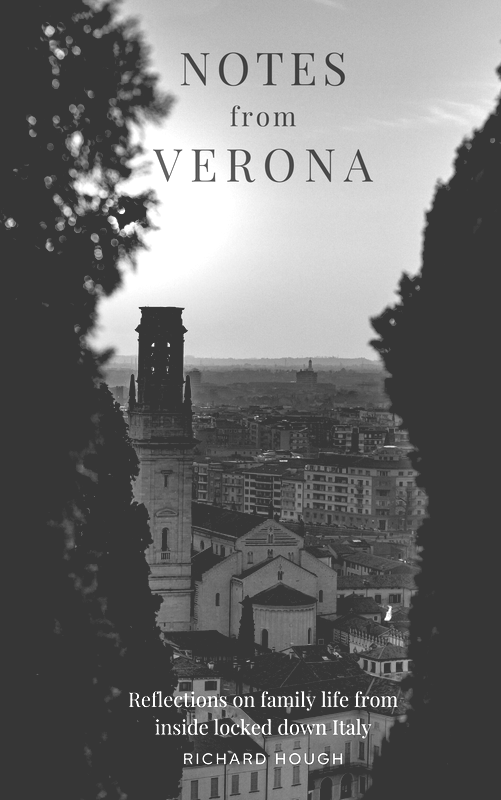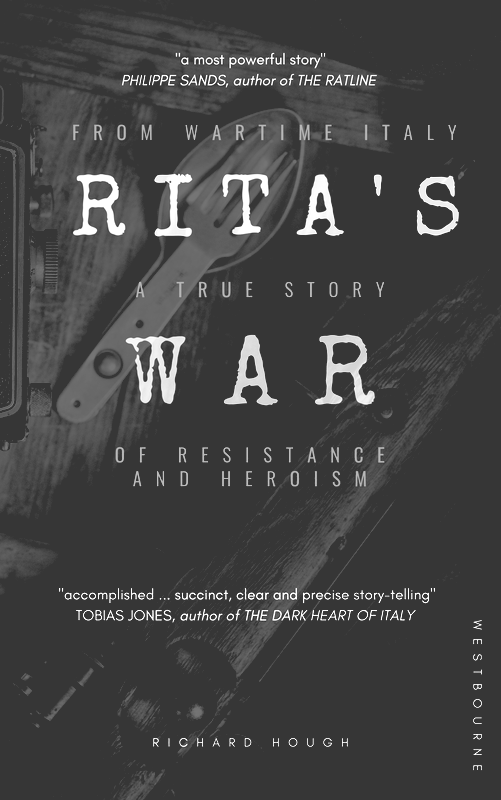|
A recent visit to Berlin has confirmed my impression that the German capital is one of the most tolerant, culturally rich and entertaining cities in the world.
That it is so is particularly remarkable when you consider the city's dark past. In this series of short articles about my recent trip, I explore the city's recent history (particularly the Cold War period). Subsequent postings will consider other vital aspects of the city (including a bike tour through Stasiland and a walk in the forest to watch a football match). Enjoy! In 2006, on my first visit to the German capital, I was part of a parliamentary delegation hosted by the German Bundestag. We enjoyed all the trappings of a diplomatic visit (disembarking our lowcost flight from Edinburgh to be met by a government Mercedes was a particularly enjoyable highlight of that trip). We spent a fascinating few days behind the scenes at the Bundestag, exploring Germany's parliamentary institutions and its recent political history. We stayed in a resolutely modern hotel on the Kurfürstendamm. It was a fascinating, if limited, introduction to a wonderful city. On a subsequent trip, the fascist years were the focus of my attention. The trip included a tour around what remains of the fascist era cityscape, culminating at the Topography of Terror, "the present-day name of the site on which the most important institutions of the Nazi apparatus of terror and persecution were located between 1933 and 1945: the headquarters of the Secret State Police (Gestapo), the Reich SS Leadership and Security Service (SD) of the SS and, from 1939 on, the Reich Security Main Office". It was incredible to think that only 70 years ago Berlin was the epicentre of Hitler's Third Reich. I remember being completely overwhelmed by the scale, efficiency and brutality of the Nazi regime, but I was also struck by how cultured, well educated and urbane many of the leading Nazi officials seemed. Emerging from the ruins of fascism, East Berlin (the part of Berlin under Soviet control) again fell under the grip of a brutal, culturally intolerant totalitarian regime, this time it was the Socialist Unity Party of German, a regime that was still in power as recently as 1989. Although both these periods represent dark chapters in the city's troubled history, understanding its past is a necessary prerequisite to understanding contemporary Berlin. Coming next... A bike tour through Stasiland. |
AboutRichard Hough writes about history, football, wine, whisky, culture + travel and is currently working on a trilogy about wartime Verona.
|
